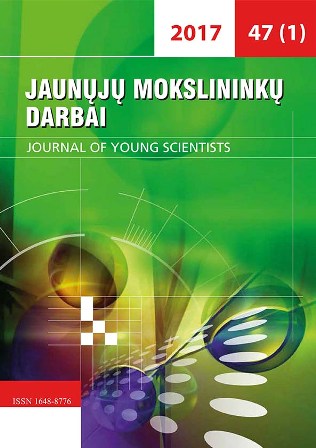MULTIDIMENSINIS POŽIŪRIS Į MIKČIOJIMO VERTINIMĄ IR ĮVEIKIMĄ
MULTIDIMENSIONAL STRUCTURE OF STUTTERING, ITS ASSESSMENT AND TREATMENT
Author(s): Rita KantanavičiūtėSubject(s): Psychology, Psycholinguistics, Cognitive linguistics, Preschool education, Educational Psychology, Sociology of Education
Published by: Vilniaus Universiteto Leidykla
Keywords: multidimensional structure of stuttering; CALMS model (cognitive; affective; linguistic; motor; social components); assessment and treatment of stuttering;
Summary/Abstract: A multidimensional structure of stuttering explains the interaction between various factors and determines their individual features. Stuttering is often understood as a speech fluency disorder ignoring its components and structure. A detailed assessment of the child’s stuttering helps provide stuttering exit strategies and aid modalities. Researchers’ differently define stuttering, as psychogenic, neurogenic, learned behaviour disorder. Research aim is to provide a multidimensional structure of stuttering and its use for the assessment and treatment of stuttering in preschool age children. Research results revealed that a multidimensional approach to stuttering, its assessment and treatment corresponds to the CALMS model, which includes cognitive, affective, linguistic, motor and social components. The CALMS model explains how educational elements can be applied to teaching children with mild and severe stuttering. A multidimensional approach to stuttering can be recommended when planning and providing stuttering treatment in preschool age children.
Journal: Jaunųjų mokslininkų darbai
- Issue Year: 2017
- Issue No: 1 (47)
- Page Range: 14-19
- Page Count: 6
- Language: Lithuanian

